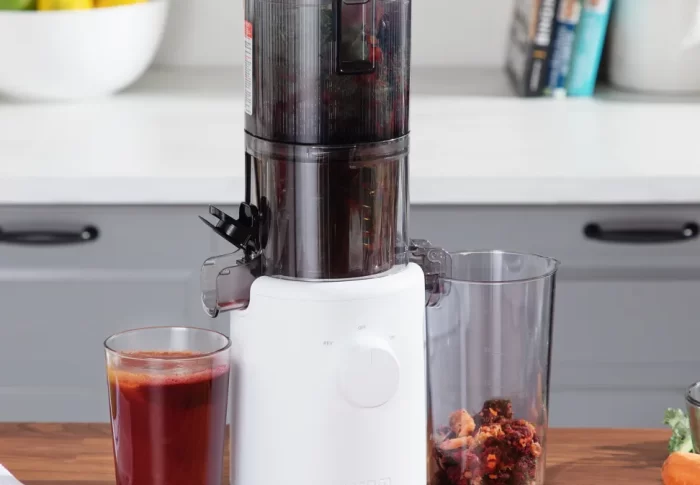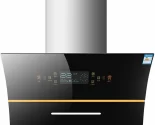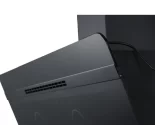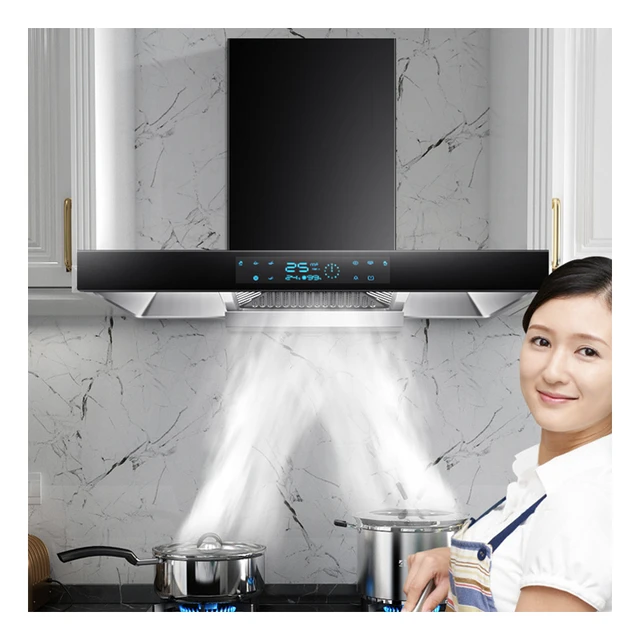
Choosing the Right CFM for Your Range Hood: A good Guide
Introduction
Selecting the appropriate CFM (cubic feet per minute) rating for your range hood is essential for effective ventilation in your kitchen. The CFM represents the amount of air the range hood can move per minute, determining its ability to remove smoke, steam, and cooking odors. In this comprehensive guide, we will explore the factors to consider when determining the CFM for your range hood. From kitchen size and cooktop type to ductwork considerations and noise levels, we will provide detailed information to help you make an informed decision and achieve optimal ventilation in your kitchen.
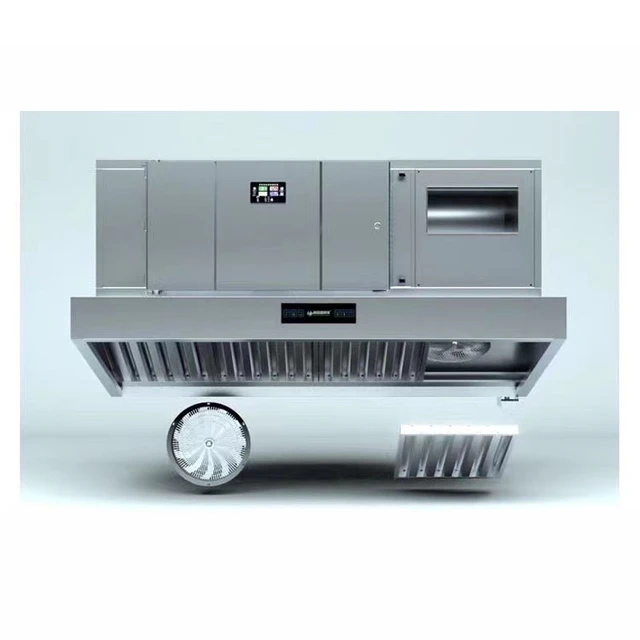
Choosing the Right CFM for Your Range Hood: A Comprehensive Guide
I. Assessing Kitchen Size and Cooktop Type
-
Calculate Your Kitchen’s Cubic Footage:
- Measure the length, width, and height of your kitchen to determine its cubic footage. Multiply these measurements together to obtain the total cubic footage. This information serves as a starting point for determining the appropriate CFM for your range hood.
-
Consider Cooktop Output and Usage:
- Take into account the type and heat output of your cooktop. Gas and electric cooktops generate different amounts of heat, and the intensity of your cooking activities affects the level of smoke and steam produced. Higher heat output and frequent cooking require a range hood with a higher CFM rating.
II. Determining the Required Air Changes per Hour (ACH)
-
Calculate the Total Air Volume in Your Kitchen:
- Multiply the cubic footage of your kitchen by the recommended number of air changes per hour (ACH) specified for residential kitchens. The recommended ACH typically ranges from 8 to 15 depending on the kitchen usage and ventilation needs.
-
Determine the Required CFM:
- Divide the total air volume by the number of minutes in an hour (60) to calculate the required CFM for your range hood. This calculation ensures that your range hood provides enough ventilation to achieve the desired number of air changes per hour.
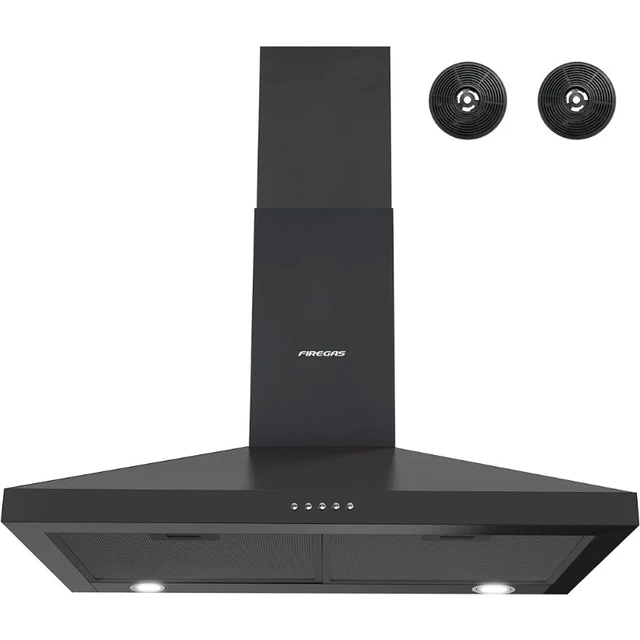
III. Considering Ductwork and Venting System
-
Evaluate Duct Length and Configuration:
- Consider the length and complexity of the ductwork that will connect your range hood to the outside of your home. Longer and more complex duct systems may require a higher CFM in order to maintain proper airflow and compensate for potential restrictions.
-
Account for Duct Material and Size:
- The material and size of your ductwork impact the efficiency of airflow. Smooth, rigid metal ducts allow for better airflow compared to flexible or corrugated ducts. Ensure that the duct size matches the range hood’s outlet size to prevent air pressure imbalances.
-
Check for Venting Code Requirements:
- Familiarize yourself with local building codes and regulations regarding range hood venting requirements. Some jurisdictions may have specific guidelines on duct size, length, and the minimum CFM necessary for proper ventilation.
IV. Considering Noise Level
-
Understand Noise Level Ratings:
- Range hoods come with noise level ratings, measured in decibels (dB). Lower dB ratings indicate quieter operation. Balancing CFM requirements with noise level preferences is crucial, as higher CFM ratings often result in louder operation.
-
Look for Quieter Range Hood Models:
- Consider range hoods with additional noise-reducing features, such as insulated motor housings, sound-absorbing materials, or low-noise fans. These features can help minimize noise while maintaining an adequate CFM for effective ventilation.
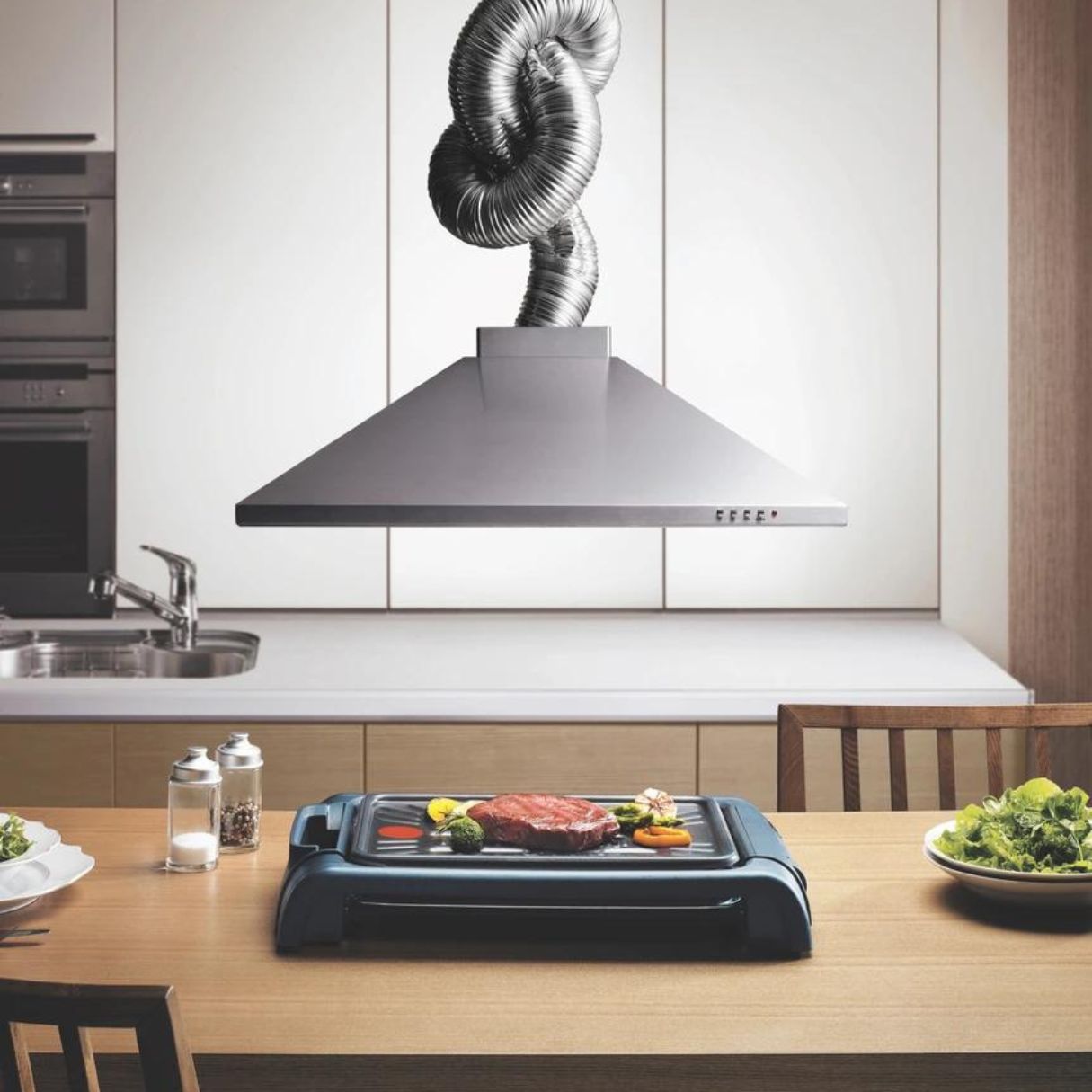
V. Optional Range Hood Features
-
Variable Speed Settings:
- Opt for a range hood with variable speed settings or multiple fan speeds. This allows you to adjust the CFM according to your cooking needs, reducing energy consumption and noise levels when maximum ventilation is not required.
-
Auto On/Off Features:
- Some range hoods include auto on/off features that activate the ventilation system when excess heat or smoke is detected. These features can ensure efficient ventilation while promoting convenience and energy savings.
VI. Consulting a Professional
-
Seek Expert Advice:
- If you are uncertain about determining the CFM for your range hood or have specific ventilation requirements, consult a professional, such as an HVAC technician or kitchen designer. They can provide personalized guidance based on your kitchen configuration and specific needs.
-
Professional Kitchen Design Assistance:
- When designing or remodeling your kitchen, consider involving a kitchen designer who can help assess your ventilation needs and offer recommendations for the proper CFM and range hood placement based on industry expertise.
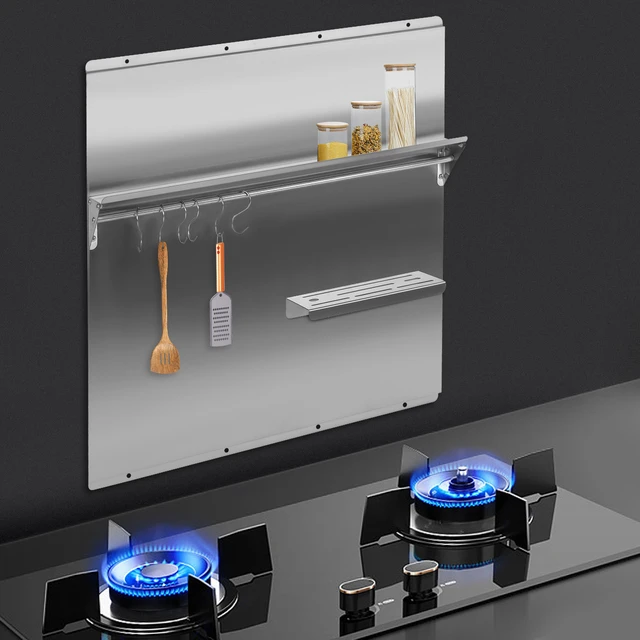
Frequently Asked Questions (FAQs)
-
Can a range hood with a higher CFM be used to compensate for insufficient ductwork?
- Using a higher CFM range hood may not necessarily compensate for inadequate ductwork. Proper ductwork design and installation are essential for efficient airflow. It is recommended to consult a professional to assess and address any ductwork limitations.
-
Do I need the same CFM for all types of cooking appliances?
- CFM requirements can vary depending on the type of cooking appliance used. For example, a range hood for a gas cooktop may require a higher CFM to effectively remove the byproducts of combustion. Consult guidelines or professionals to determine specific CFM recommendations for different cooktop types.
-
Can I install a range hood without venting to the outside?
- While ducted range hoods that vent to the outside are generally more effective in removing airborne contaminants, there are options for non-vented or recirculating range hoods. These models use filters to capture and recirculate air. However, their effectiveness in removing odors and steam is generally lower compared to vented range hoods.
-
Can I install multiple range hoods in a large kitchen?
- In larger kitchens, you may consider installing multiple range hoods or a larger range hood with multiple fans to ensure adequate ventilation. This approach can help distribute airflow and maintain consistent air quality throughout the kitchen area.
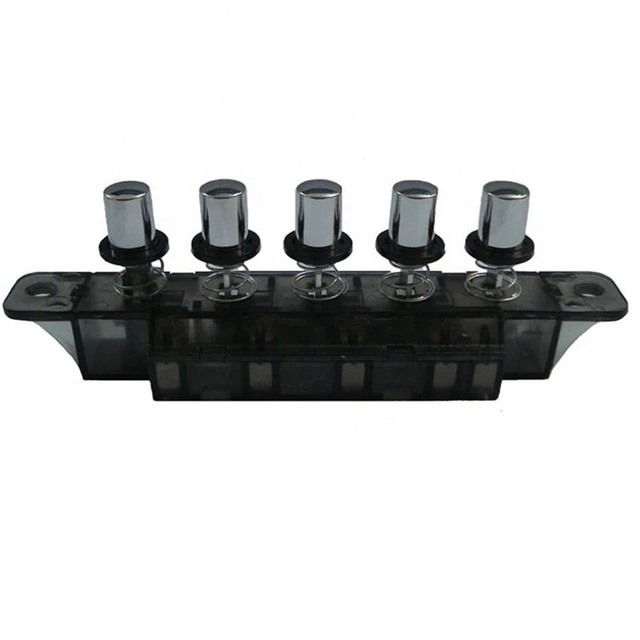
VII. Conclusion: Achieving Optimal Ventilation with the Right CFM
Selecting the appropriate CFM for your range hood is crucial for maintaining a well-ventilated kitchen free from smoke, steam, and cooking odors. By considering kitchen size, cooktop output, required ACH, ductwork considerations, noise levels, and optional features, you can determine the ideal CFM for your range hood.
Remember to account for local building codes and regulations, as well as personal preferences for noise levels and energy conservation. When in doubt, seek professional assistance to ensure the CFM rating suits your specific kitchen layout and ventilation needs.
By choosing the right CFM, you can achieve optimal ventilation and create a comfortable and healthy kitchen environment that effectively removes airborne contaminants and enhances your overall cooking experience.




